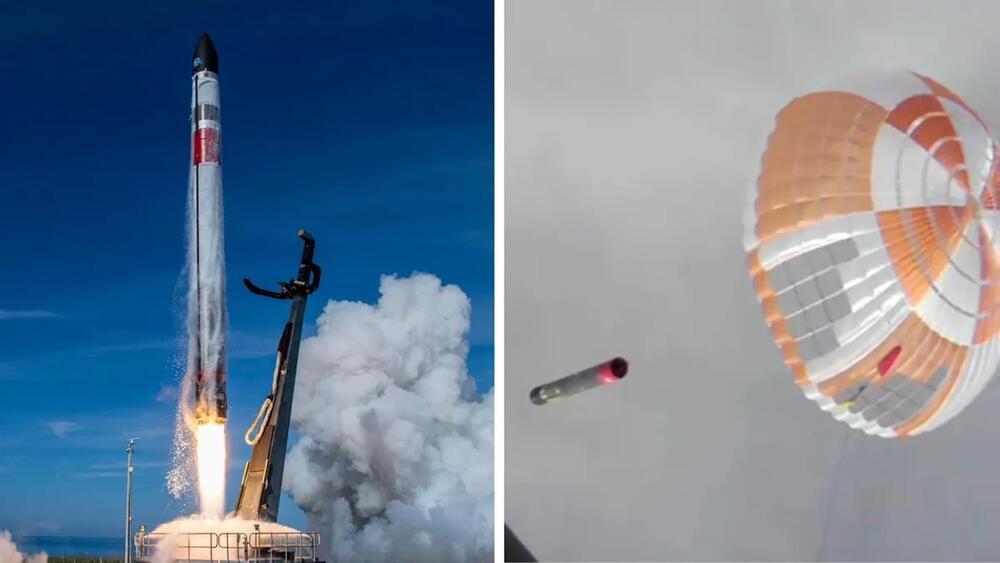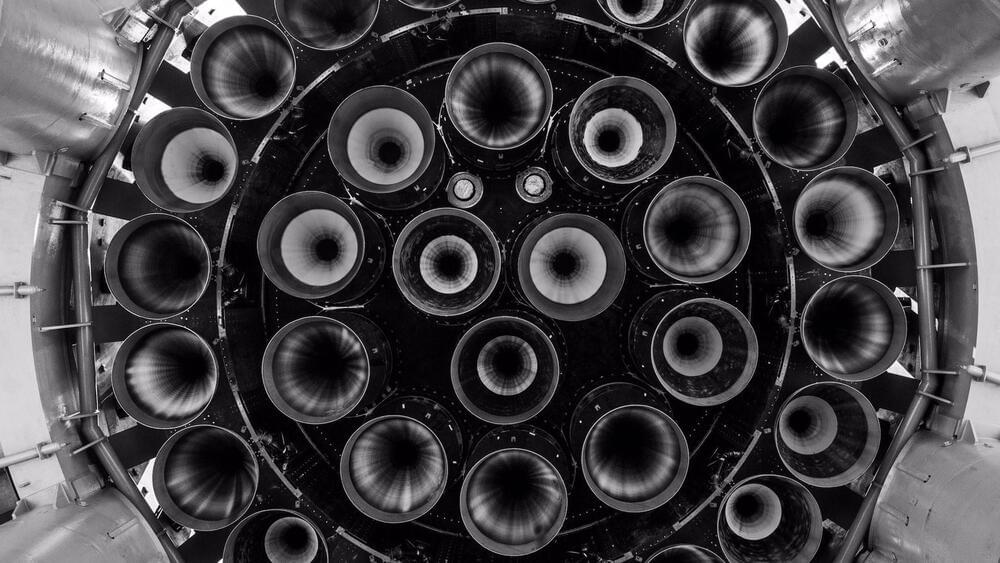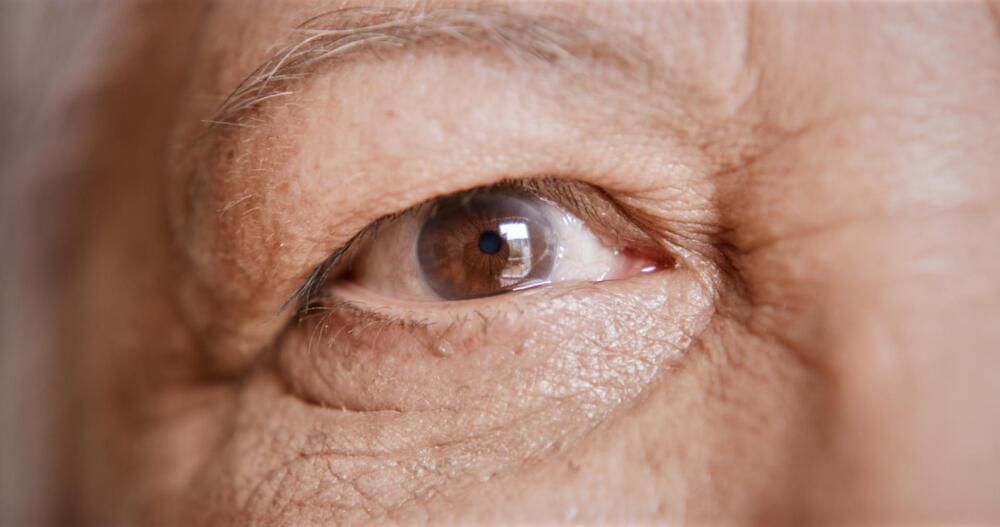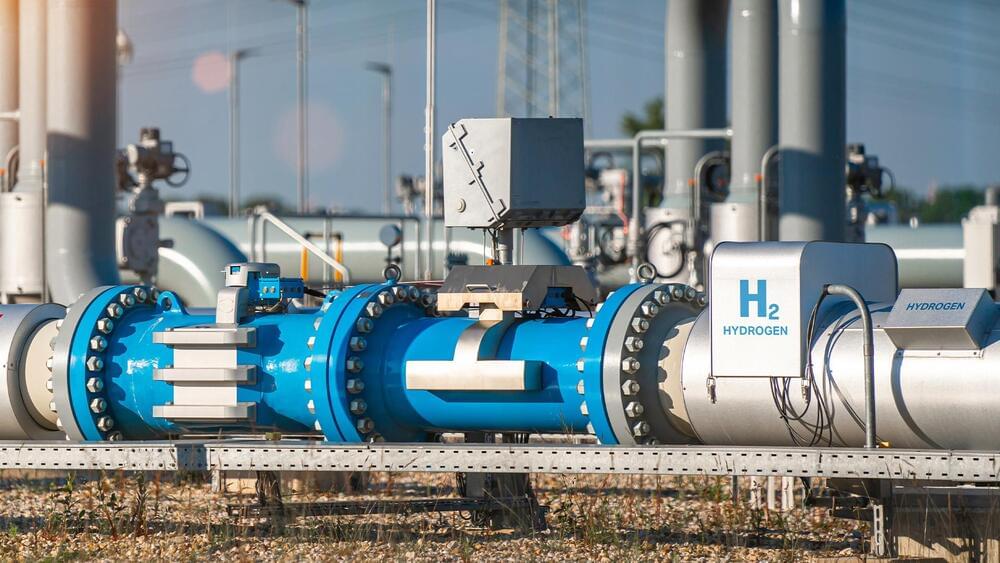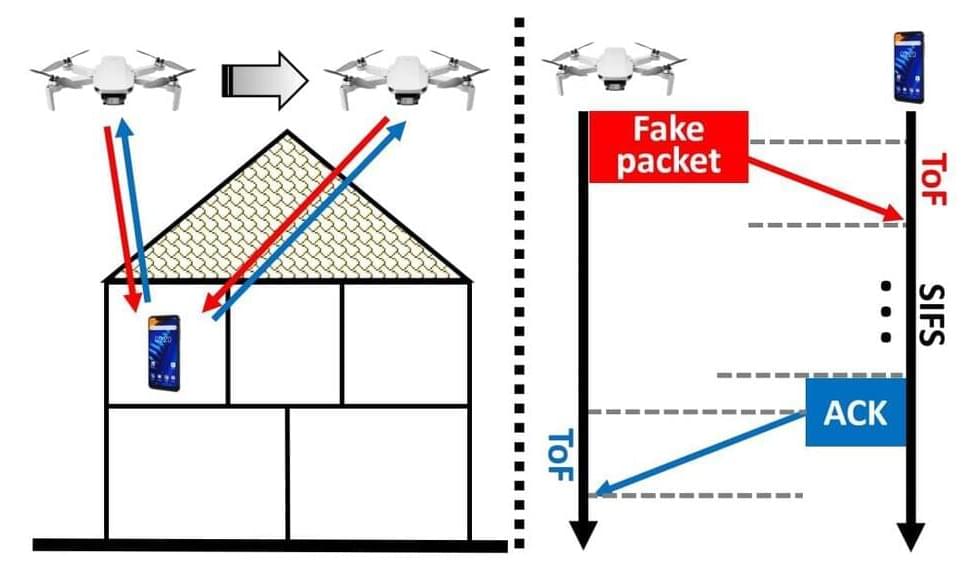Interested in participating? Join an info session. Register here to join us on Thursday, November 10 at 1pm EST. The info session will feature remarks from Joshua Elliott, DARPA AI Tools for Adult Learning Program Manager, as well as a […].
Page 3179
Nov 3, 2022
Rocket Lab will attempt to catch a rocket booster with a helicopter once again this week
Posted by Gemechu Taye in category: satellites
The rocket startup will attempt to catch its Electron booster in mid-air and fly it back to dry land.
U.S. and New Zealand-based Rocket Lab will perform a second mid-air recovery attempt of its Electron rocket booster after the launch of a mission called “Catch Me If You Can,” a press statement reveals.
Rocket Lab to attempt another mid-air booster recovery.
Nov 3, 2022
SpaceX is building one next-gen Raptor engine every day ahead of Starship launch
Posted by Gemechu Taye in category: space travel
SpaceX and NASA are gearing up towards the first crewed lunar landing since Apollo 17 in 1972.
NASA deputy associate administrator Mark Kirasich spoke highly of SpaceX’s progress on Starship in a subcommittee meeting of NASA’s Advisory Council on Monday, October 31, as per an Ars Technica report.
Now, Kirasich has provided an update on SpaceX’s fully reusable Starship launch system, stating that the private space firm is building one of its next-generation Raptor engines every day.
Nov 3, 2022
Researchers fed microalgae on leftover coffee grounds to produce high-quality biodiesel
Posted by Gemechu Taye in categories: biotech/medical, chemistry, engineering
It could decrease reliance on palm oil to produce biofuel.
Have you ever guessed that a leftover coffee could turn into biodiesel? Here’s a remarkable development for bioscience. Seemingly, Aston University scientists produced high-quality biodiesel microalgae fed on leftover coffee. According to Aston University’s release, this development is also a breakthrough in the microalgal cultivation system.
Dr. Vesna Najdanovic, senior lecturer in chemical engineering, and Dr. Jiawei Wang were part of a team that produced algae and subsequently turned it into fuel.
Nov 3, 2022
According to a new study, poor quality sleep could increase the risk of glaucoma
Posted by Gemechu Taye in category: biotech/medical
Snoring, insomnia and daytime sleepiness can also cause loss of site over time.
Too much or too little sleep could be associated with developing glaucoma, irreversible sight loss, according to a new study published in the journal BMJ Open.
Researchers mentioned that the study sheds light on the need for sleep therapy, specifically for people at high risk of losing their site. Glaucoma is one of the leading causes in blindness, affecting millions. By the year 2040, it is estimated that 112 million people will be affected by this disease.
Nov 3, 2022
Engineers developed a breakthrough method to generate hydrogen gas in one-step process
Posted by Gemechu Taye in categories: chemistry, energy, nanotechnology
The method requires only visible light and no external heating.
Hydrogen sulfide, infamous for its aroma of rotten eggs, is known to be highly poisonous and corrosive — especially in wastewater applications. Petrochemical plants and other industries make thousands of tons of this gas every year as a byproduct of various processes that separate sulfur from petroleum, natural gas, coal, and other products.
Now, Rice University engineers and scientists have devised a new way for such petrochemical industries to turn the noxious gas into “high-demand” hydrogen gas.
Nov 3, 2022
‘Inherited nanobionics’ makes its debut
Posted by Jose Ruben Rodriguez Fuentes in categories: cyborgs, nanotechnology, transhumanism
Nanotube-modified bacteria could produce electricity as living photovoltaic devices, say researchers.
Nov 3, 2022
Immortality trailer (PC Gaming Show 2022)
Posted by Jose Ruben Rodriguez Fuentes in category: life extension

The latest trailer for Immortality, a narrative FMV game from Sam Barlow, creator of Her Story. Immortality releases July 26 on Game Pass, Steam, and GOG.
Catch everything that was revealed at the PC Gaming Show: https://www.pcgamer.com/how-to-watch-pc-gaming-show-2022/
Continue reading “Immortality trailer (PC Gaming Show 2022)” »
Nov 3, 2022
This Is What the Earth’s Magnetic Field Sounds Like! (Very Eerie) (4K)
Posted by Jose Ruben Rodriguez Fuentes in categories: particle physics, space
Does the Earth make a sound? Yes! and it’s very eerie!
The European Space Agency (ESA) recently released 5 minutes of haunting, crackling audio. Revealing what Earth’s magnetic field sounds like. Called the Magnetosphere, it is generated deep within the Earth’s interior, at its core. It extends out into space, creating a strong protective shield against things such as charged particles zipping out of the Sun, called the solar wind. And Without this powerful magnetic field, Earth would likely be a barren, cold, dry world. The audio clip you are about to experience might sound like the stuff of nightmares, but sit back, relax and listen to the strange creaking, crackling and rumbling of our planet’s protective shield. This is the sound of the Earth’s magnetic field.
Find out more about this audio clip — https://www.esa.int/Applications/Observing_the_Earth/FutureE…etic_field.
Continue reading “This Is What the Earth’s Magnetic Field Sounds Like! (Very Eerie) (4K)” »
Nov 3, 2022
Researchers discover security loophole allowing attackers to use Wi-Fi to see through walls
Posted by Jose Ruben Rodriguez Fuentes in categories: drones, internet, security
A research team based out of the University of Waterloo has developed a drone-powered device that can use Wi-Fi networks to see through walls.
The device, nicknamed Wi-Peep, can fly near a building and then use the inhabitants’ Wi-Fi network to identify and locate all Wi-Fi-enabled devices inside in a matter of seconds.
The Wi-Peep exploits a loophole the researchers call polite Wi-Fi. Even if a network is password protected, smart devices will automatically respond to contact attempts from any device within range. The Wi-Peep sends several messages to a device as it flies and then measures the response time on each, enabling it to identify the device’s location to within a meter.

